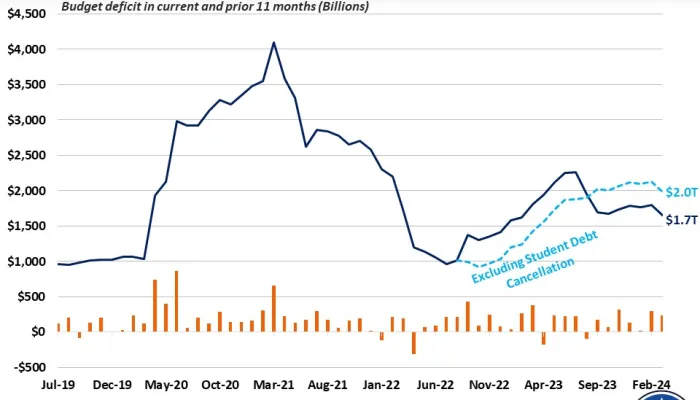TARP -- One Year Later
Saturday marked the one-year anniversary of the Troubled Asset Relief Program (TARP), established as part of the Emergency Economic Stabilization Act of 2008. Originally intended to purchase so-called “toxic-assets” and take them off of banks’ balance sheets, the $700 billion TARP program has been used by both the Bush and Obama administrations in order to help stabilize the financial sector and the economy more broadly. Rather than purchasing toxic assets, however, the program has aimed to “strengthen market stability, improve the strength of financial institutions, and enhance market liquidity” through a combination of equity purchases, loans, and guarantees.
Among the established programs include:
- Capital Purchase Program -- The CPP was the first of the programs implemented through TARP, whereby the Treasury was to spend up to $250 billion purchasing bank equity shares, in order to increase liquidity in the banking sector. So far, the program has spent $134 billion (net of roughly $80 billion in buy-backs and dividends) purchasing stocks from 684 banking institution.
- Targeted Investment Program -- In addition to the equity purchases in the CPP, TARP purchased $40 billion in preferred shares of Bank of America and Citigroup.
- Asset Guarantee Program -- In addition to purchasing their BoA and Citi stock, the TARP program participated in a multi-agency guarantee of over $400 billion in assets owned by Citigroup and Bank of America, covering 90 percent of all losses after the first $29 billion and $10 billion, respectively.
- Systemically Important and Failing Institutions Program -- TARP also spent $70 billion to support insurance giant AIG through equity purchases and a capital infusion.
- Assistance to Auto Industry -- In order to assist the beleaguered automaker industry, TARP put $80 billion toward loans and equity purchase to General Motors and Chrysler.
- Auto Supplier Support Program -- TARP also provided $5 billion in loans for GM and Chrysler auto-suppliers.
- Credit Protection for Fed TALF Program -- The Treasury has said it will provide up to $80 billion in credit protection for the Fed’s Term Asset-Backed Securities Loan Facility, which provides up to $1 trillion in liquidity to institutions that provide small business and consumer loans. So far, it has offered $20 billion.
- Public Private Investment Program -- The Treasury, in conjunction with the Fed and FDIC, plans to provide up to $100 billion in TARP funds to help lure private investors to purchase toxic and illiquid assets, creating up to $500 billion in total public-private capital. So far, $10 billion has been allocated.
- Home Affordable Modification Program -- The Treasury has dedicated up to $50 billion to assist 3-4 million homeowners by reducing mortgage payments and allowing GSE loans to be refinanced. So far, over $25 billion has been allocated.
In total, the Department of the Treasury has spent around $380 billion on these programs, net of roughly $80 billion in buy-backs and dividend payments. However, in exchange for this money the government has generally received something of value – generally bank stock or the promise of loan repayment. To adjust for this, the Congressional Budget Office and others measure the deficit impact of the program on what is referred to as a “risk-adjusted present value basis”; in other words, they calculate their estimate of the net cost of this spending, after accounting for the risk the government is undertaking.
Using CBO’s estimated subsidy rates as a guide, we have calculated this spending will increase the deficit by around $150 billion.
As the final data for this fiscal year becomes available, CRFB will release a more detailed report on the TARP program and the 2009 stimulus bill.
In the meanwhile, in-depth information on the costs and history of TARP is available at Stimulus.org. There you can browse and search through the many government actions taken, through TARP and other programs, to alleviate this crisis -- including clicking on items for more information or clicking the green arrow next to them in order to "drill down" into sub-categories and actions.


